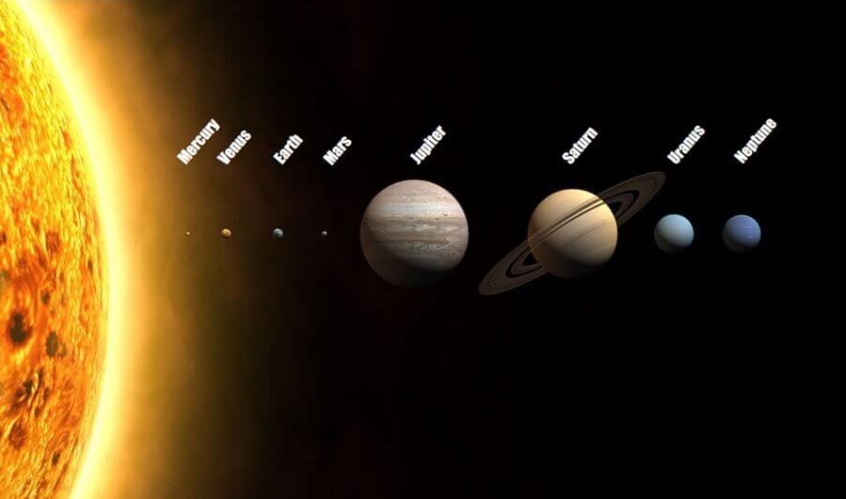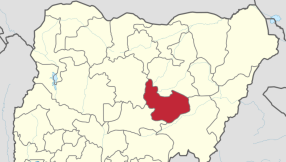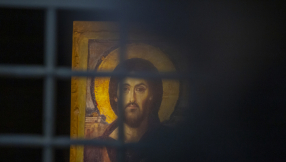
Normally, Earthlings have to use telescopes to be able to spot other planets in the solar system. For people living in the southern hemisphere, however, all they will need are their naked eyes in the next weeks to view not one, but five planets lined up in the pre-dawn sky.
Mercury, Venus, Saturn, Mars and Jupiter will show up for an entire month starting Jan. 20 in a spectacular celestial display in the sky of the southern part of the world, shortly before the sun rises.
The last time such a celestial event took place was 11 years ago. This will not happen again until 2018, so stargazers and space enthusiasts should definitely not miss this chance.
Alan Duffy, an astrophysicist at Swinburne University of Technology in Australia, explained that this rare planetary showcase will take place because the five planets happen to be on the same side of the sun at the same time.
This is also the reason why the planets will be visible in the morning sky, and not the usual night sky. Come August, however, they will be visible just after sunset rather than before sunrise because they will be on the other side of the sun.
Because the five planets are on the same plane, they will all appear to be sitting in a line, much like pieces of shiny pearls attached by a single string.
Duffy, however, explained that this event should not be called "planetary alignment," which is a term used when planets form as straight line as seen from above the solar system, not from within Earth.
Prof. Fred Watson of the Australian Astronomical Observatory explained how to spot these five planets, starting when a person looks towards the north. He noted that Venus and Jupiter will be the most noticeable due to their sheer brightness.
"Saturn is between Mars and Venus, so it's lower down," Watson told The Guardian. "It's the one you're most likely to confuse with stars because it's not as bright as Jupiter. But it's yellowish. And with binoculars with about 10 times magnification you can tell it's not a round dot of light like a star – it looks elongated."


















